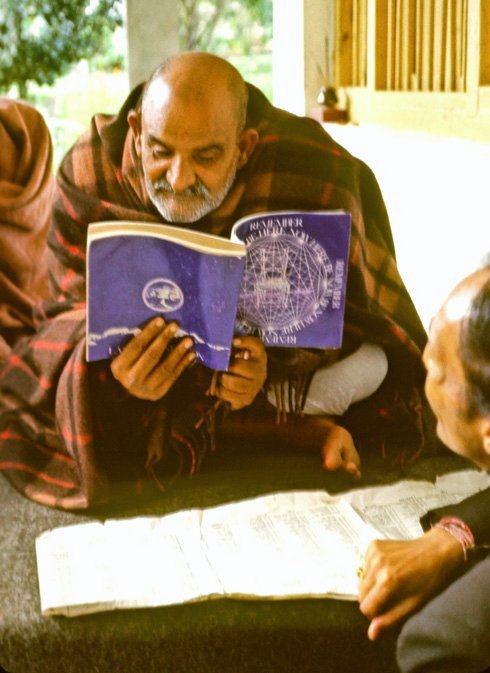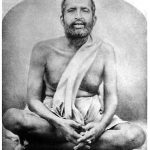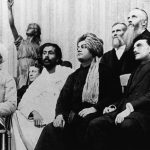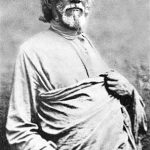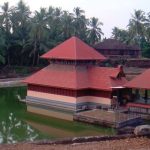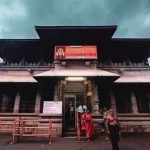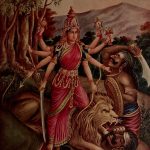Sri Neem Karoli Baba was a Hindu mystic Guru who had followers worldwide. He was a devotee of the Lord Hanuman and taught that all are one. Though Baba did not preach formally, he taught his devotees through short stories, astounding miracles and by example.
Early Years
Sri Neem Karoli Baba was born as Lakshman Das Sharma around 1900 in Akbarpur, Uttar Pradesh, India. His was born in a Brahman family and his father was Durga Prasad Sharma. Lakshman Das was born on the Tithi of Shukla Paksha Ashtami. He was married at the age of 11 to a girl from a well to do Brahmin family but still left home and lived as a wandering ascetic. After about 10 to 15 years someone told Lakshman Das’ father that he had seen an ascetic who looked just like his son in Neem Karori. His father immediately set out to Neem Karori. When his father requested him to return, he did and then lived a married life. He has two sons and a daughter. So, Neem Karori Baba lived the dual lives of being an ascetic as well as a householder.
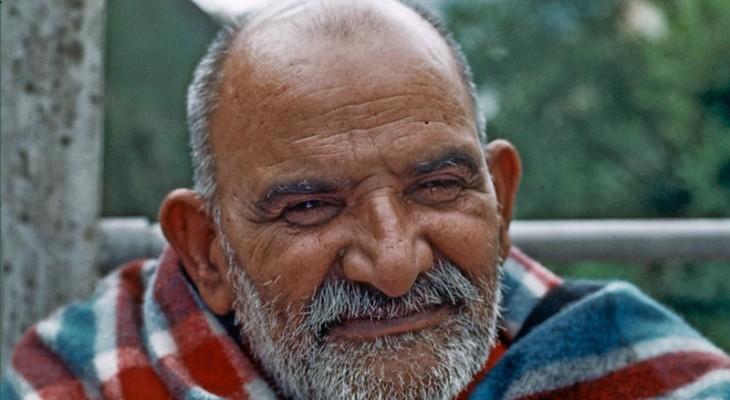
Sri Neem Karoli Baba
The Name – Neem Karoli / Neem Karori
An interesting incident that occurred in the life of Lakshman Das led to his being associated with the name Neem Karori/Karoli. He had left his home in 1958 and boarded a train without buying a ticket. When the conductor discovered that he did not have a ticket, he halted the train. The conductor unceremoniously forced Lakshman Das off the train at a village named Neem Karori. But, the train would not start after this happened. Even when another engine was put to action, it would not move. A local Magistrate who was familiar with Lakshman Das suggested that the officials request him to board the train. When all else failed, the officials did request that he board the train again.
Lakshman Das agreed to do so on two conditions; that a railway station be built at Neem Karori since the absence of a station put the residents into a lot of inconveniences and secondly that the railways should show more respect towards holy men. He then boarded the train but the drivers refused to move it till he blessed them. The railways then built a railway station at the Neem Karori village. Since Lakshman Das lived in Neem Karori for a while he began to be known as Neem Karori/Karoli Baba.
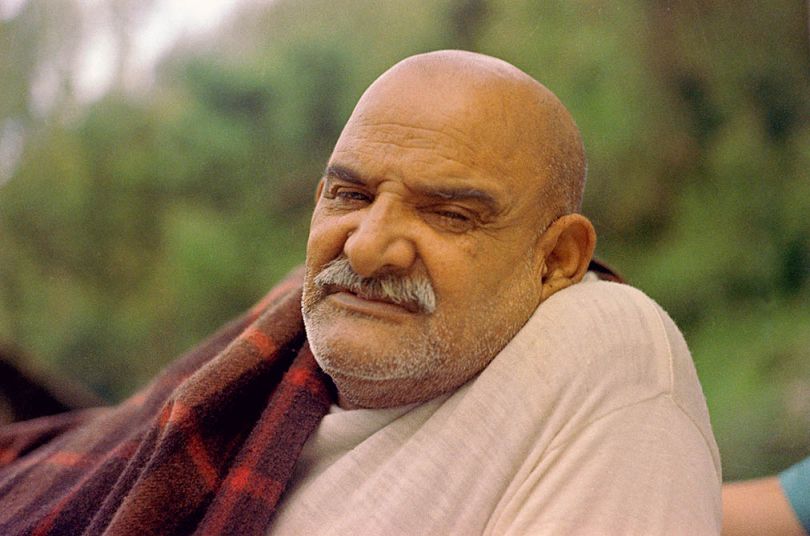
Wandering Life
Baba wandered around North India and came to be known by many different names; Handi Wala Baba, Tikonia Walla Baba and Lakshman Das. He did Tapasya at Vavania Morbi in Gujarat where he came to be known as Taliya Baba whereas in Vrindavan people called him Chamatkari Baba. Chamatkari Baba translates as Miracle Baba. He was also known as Maharajji especially by his devotees abroad. In India however, that is a colloquial form of address that is used often, which translates the ‘great King’. An Ashram was then built at Vrindavan. Later an ashram was built at Kainchi in the Himalayas, and he used to spend summers there.
Kainchi Ashram
The Kainchi Ashram is 17 kilometres away from Nainital. It started in 1962 as a simple platform for two local Sadhus to perform Yagna. Later it was built with a Hanuman temple in 1964.
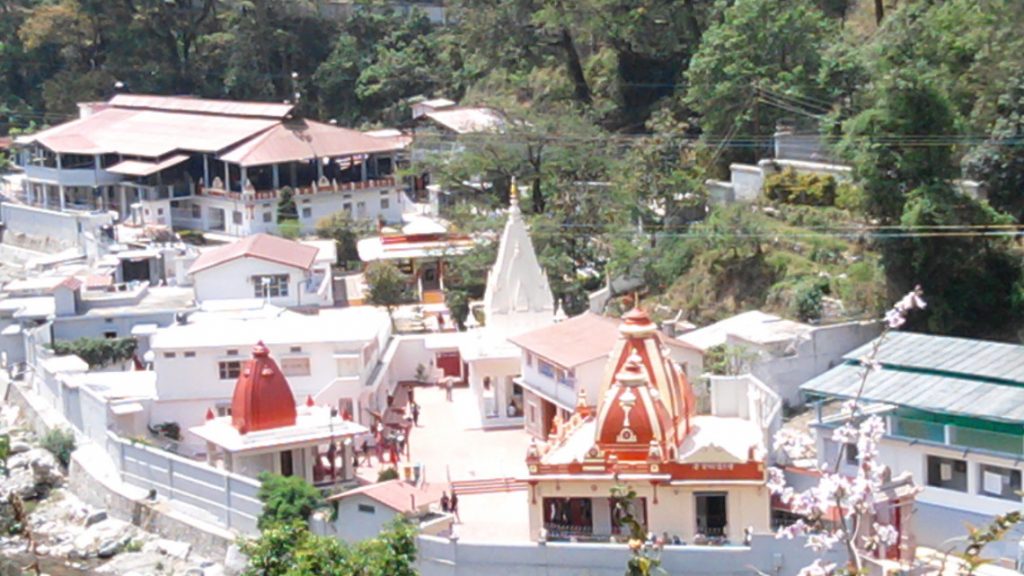
Philosophy
Baba was a believer in Bhakti Yoga and preached that service to others is the highest form of devotion to God. Though there is no official biography of Neem Karori Baba there are many accounts of incidents in his life and details of his teachings compiled by others. It is recorded that he did not indulge in lengthy discourses. Neem Karori Baba conveyed his messages through simple stories. There are also many stories told about Neem Karori Baba. The books and verbal recollection of stories and incidents noted by his followers tell us about Baba.
His many quotes survive and from them, we can glean a bit of understanding about his philosophies. Many of his quotes repeat that he considers himself to be nothing. His humility is very noteworthy. He also states that attachment is the strongest impediment to spiritual progress. Baba said that marriage is a great attachment that a householder needs even more devotion and discipline to be closer to God. He also advised that one should learn to curb desire. When the desire for something is ignored without acting on it, it simply goes away. He also said that work is worship. Baba advised his disciples to see everyone as one. He told them to love all.
Teaching Through Stories
Baba’s ways of teaching were through stories that were not without a sense of humour. Once a man asked him the shortest way to see God. He asked the man if he knew how to swim. When the man replied that he did, Baba told him that if he bound his limbs, tied himself to boulders and threw himself into deep waters he would instantly see God.
Contentment
Baba defined contentment as the lack of desire in the mind. He said that each person is like one holding an empty vessel in the hand. Even when the person says that they do not want anything, in the mind there is the worry of how to fill the vessel. He said that true contentment would only come when the vessel was full to the brim. And even when emptied it gets refilled on its own. This would remove the worry about filling the vessel and also remove the desire to fill it. When someone approaches the person to give him more, his vessel is full already and he does not need the offering.
This contentment is the true contentment and could only come from God. A person with complete faith and reliance on God surrenders fully to him. At this point, everything comes to him of its own accord. There is no need to make any effort or ask. This he said was the value of God.
Humility And Simple Life
The term Maharajji is used to address a person that one does not know. It is a form of address that does not convey great respect. That Baba was known by this name shows his humility. He lived a very simple life. He was in the habit of sitting on a wooden bench wrapped in a blanket. His devotees sat around him. He had many visitors and he would give them food and a few words. He loved to joke and there was much laughter.
Baba knew everything about the people who came to see him. He solved their problems but did not preach. He did not differentiate based on social status, caste or creed. Most of his disciples recollect that it was not only Baba’s teachings that made a difference in their lives. Just being in his presence even if he remained silent helped them. Even though he did not preach his devotees learned a lot from him.
He was not fussy about his food or about his choice of devotees. People of all faiths and strata of society thronged around him. Though he always claimed that he was nothing, he helped all who sought him.
Disciples
Neem Karoli Baba had many disciples and some of them are very well known. Neem Karoli Baba had a host of hippies and Westerners as his ardent devotees. Some of his disciples were Ram Dass (Dr. Richard Alpert, ex-professor of Harvard), Bhagavan Das, Lama Surya Das, Jai Uttal, Krishna Das, Trevor Hall, Dr. Larry Brilliant and his wife Girija, Yvette Rosser, John Bush and Daniel Goleman. Baba Hari Dass helped to supervise and maintain the ashram and buildings. He was not a disciple but went on to become a spiritual leader in later years. All his devotees swear by his miraculous powers, or siddhis. While for some he would tell them what they were thinking of at that moment (he could read minds), for others he would tell them things only they would know, or about things they did elsewhere in the past. He would also divine the future and make plans accordingly. Almost anyone and everyone from the counterculture movement had an idea of who Baba Neem Karoli was.
It is said that Julia Roberts was influenced by a picture of Neem Karoli Baba. Steve Jobs and Dan Kottke visited India in 1974 but found that Baba had died. Mark Zuckerberg, Larry Brilliant, Larry Page and Jeffrey Skoll also made trips to Baba’s ashram. Ram Dass and Larry Brilliant founded the Seva Foundation in the United States to apply Baba’s teachings towards ending poverty.
Disciple Ram Dass
One of the most prominent followers of Baba was Baba Ramdas. He was a psychologist and known as Dr Richard Alpert when he travelled to India in 1967. He met Neem Karoli Baba who became his Guru. (Dr. Richard was experimenting with LSD and wanted to know what it was all about, and was exploring the link between LSD and spirituality. He eventually dosed Baba Neem Karoli with three pills of LSD totalling ~900 micrograms, and astonishingly, nothing happened, Baba didn’t trip). Baba named him Ram Dass which means the servant of God. He imbibed all of Baba’s teachings and took them to the western world. He authored books about Baba that became very popular. Through Ram Dass, many devotees from outside India were attracted to and learned Baba’s teachings.
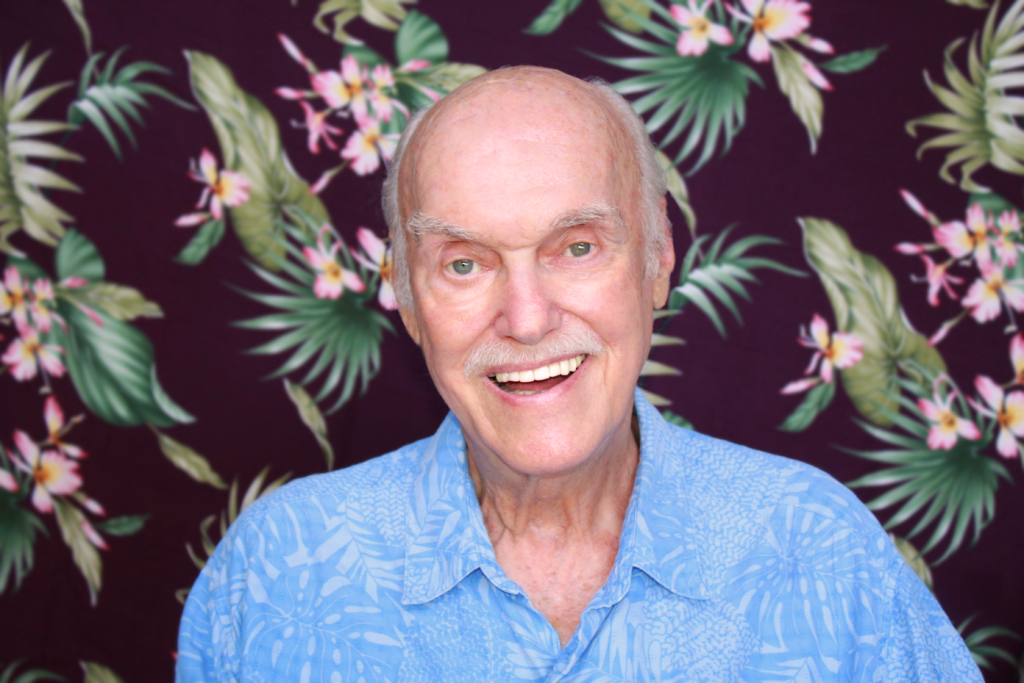
Death
Neem Karoli Baba died after being in a diabetic coma on 11th September 1973. He had suffered heart pains and had visited a doctor at Vrindavan. Baba was returning by the night train to Kainchi when he disembarked from the train at Mathura. He asked to be taken to the Shri Dham Vrindavan. He was taken to the emergency room. His doctors gave him injections and placed an oxygen mask on him. The doctors diagnosed him as being in a diabetic coma. But Baba woke up and took the medical apparatus off. He asked for Ganga water. Ganga water was not available and he was given ordinary water. He repeated ‘Jaya Jagadish Hare’ and became peaceful and died. His Samadhi shrine is at the Vrindavan Ashram.
